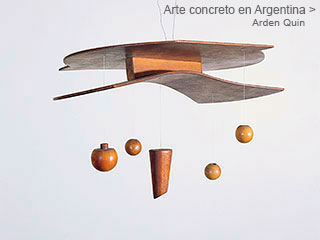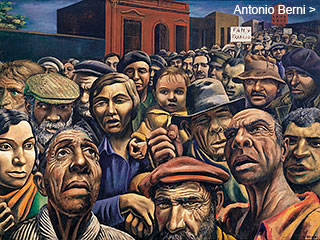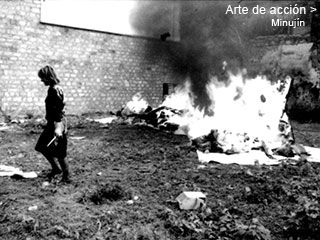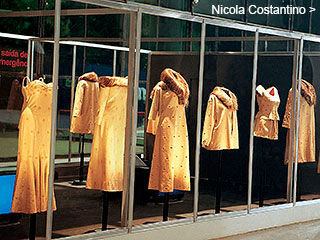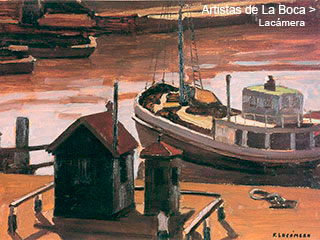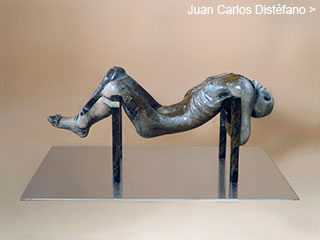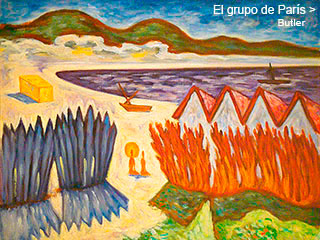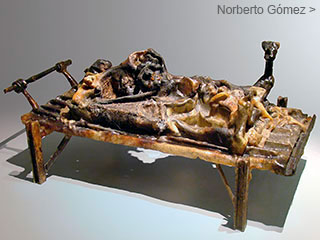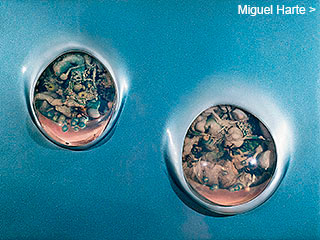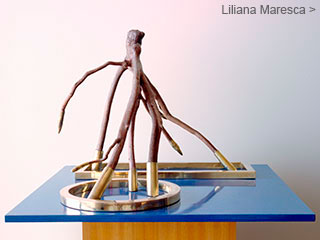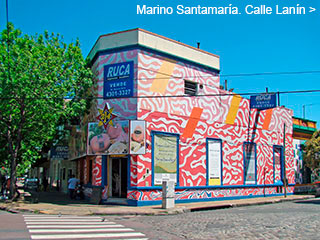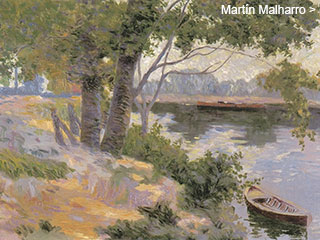Menú
Algunos dossiers
Ropa confeccionada con peletería humana, jabón fabricado con su propia grasa corporal y cañerías obstruidas con potrillos y terneros nonatos. Así se pueden describir algunas de las obras más características de Nicola Costantino, artista rosarina que muestra su producción en los circuitos internacionales más exigentes. Julio Sánchez recorre su vida y su obra.
Tami Katz-Freiman. “A Woman Wearing These Clothes Remains Practically Naked” en Boutique (Human Furriery) (catálogo exposición), Tel Aviv, Herzliya Museum of Art, 2002.
prestigious magazine Esquire, or in the window of a classy Liverpool department store. The seductive power intrinsic to fashion marketing is part of her artistic strategy, just as the politics of consumerist pleasure is an integral part of her artistic agenda. This underlying ambivalence, which generates a sense of disconcert when encountering her works, is also characteristic of other contemporary female artists (such as Vanessa Bancroft and Georgina Starr): on one hand, a critique against the world of fashion that fosters a distorted perception of body and sexuality; on the other hand ‑ a fascination with it.
Argentina is well‑known for its leather industry. Thus, a leather/skin‑like purse decorated with an arshole pattern acquires a cynical meaning vis-à-vis the hackneyed saying: "money has no smell." Costantino alludes to inhibition-free consumerism as a type of cannibalism, a gastronomic act of unrestrained gulping and gluttony; indeed, her works have often been read in this Marxist spirit, Her earlier pieces, in which she explicitly addressed the violence involved in the meat industry (likewise famed in Argentina), food processing, and the exploitation of animals for economic purposes, reinforce this interpretation.
The preoccupation with skin, flesh and animals is linked to the engagement with identity and the body, and is part of a critical discourse characterizing the work of many contemporary post‑feminist female artists (such as Jana Sterbak, Kiki Smith and Janine Antoni). The affinity between ‘nature’ and ‘culture’ is one of the fundamental issues emerging in the context of gender (woman=nature versus man=culture). The body and especially the skin, has become a symbolic platform on which the
continúa


